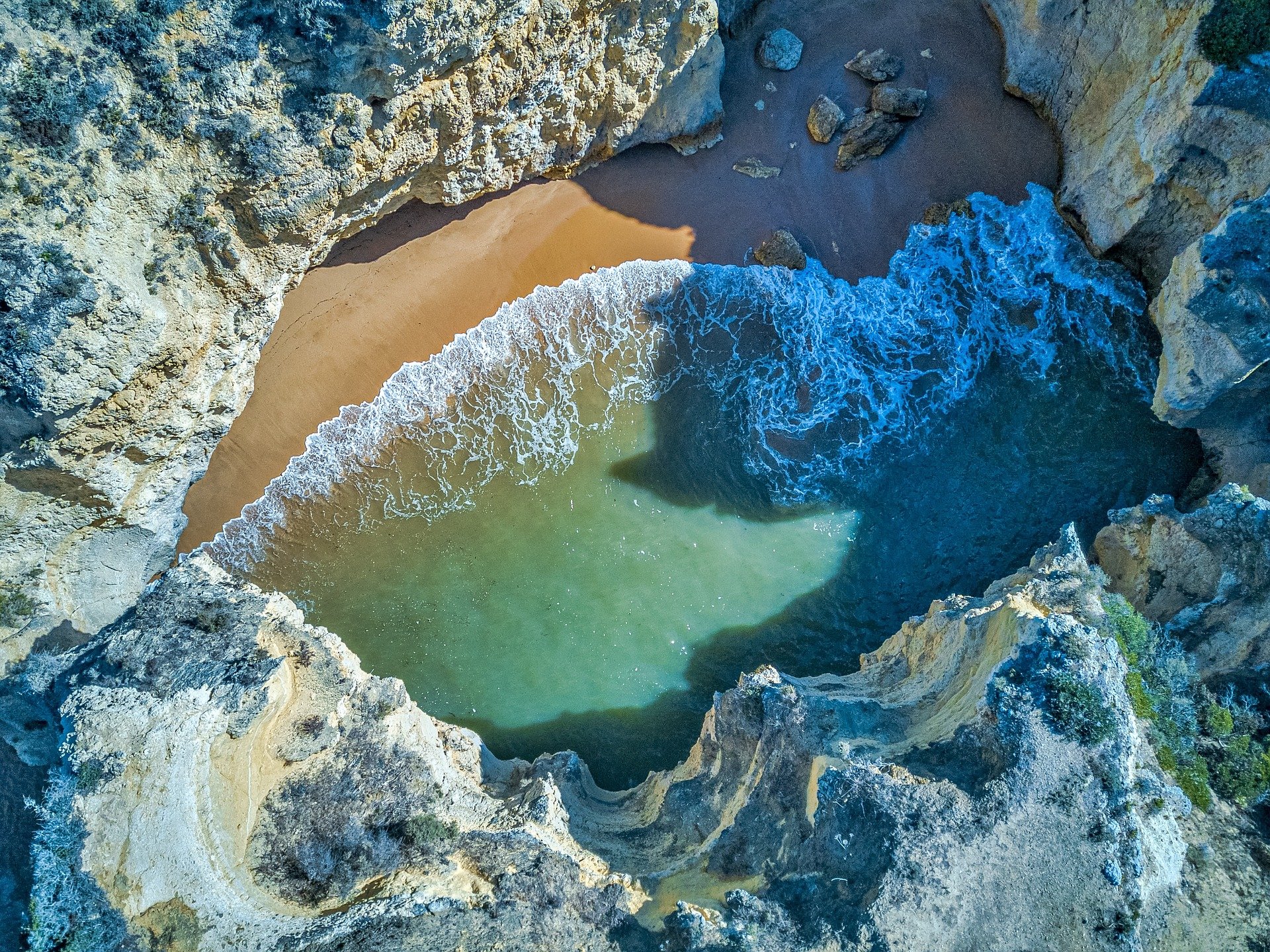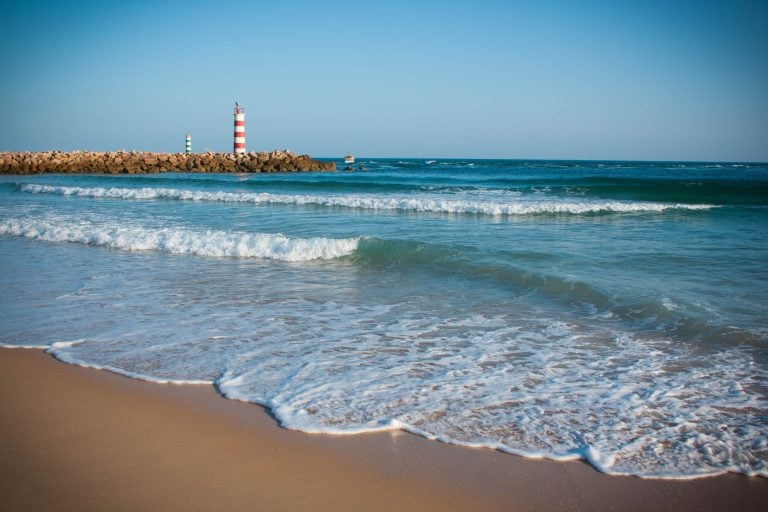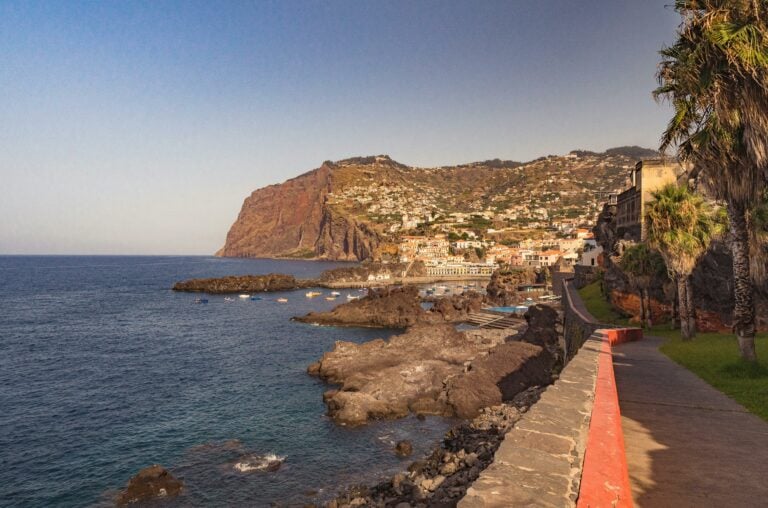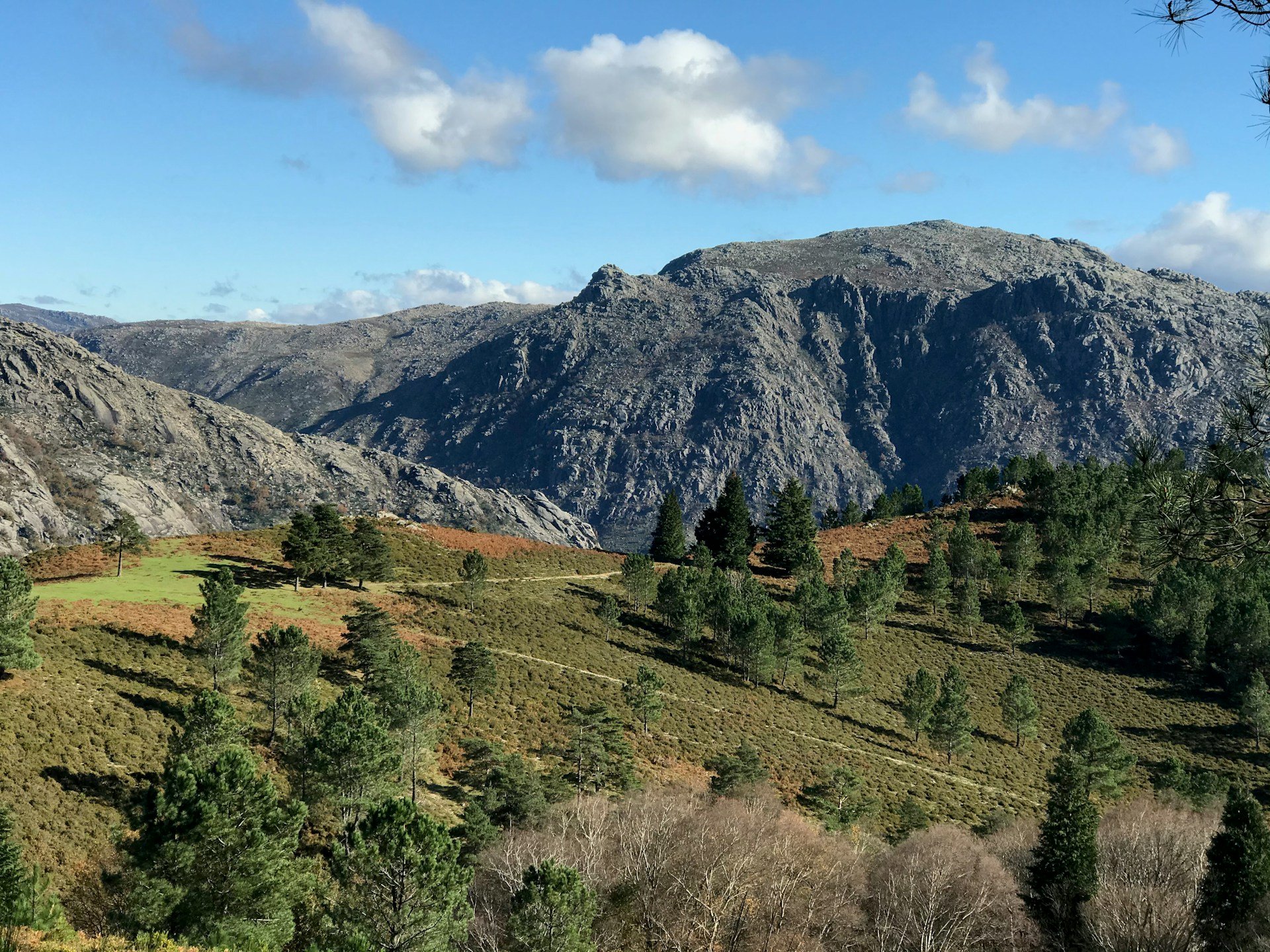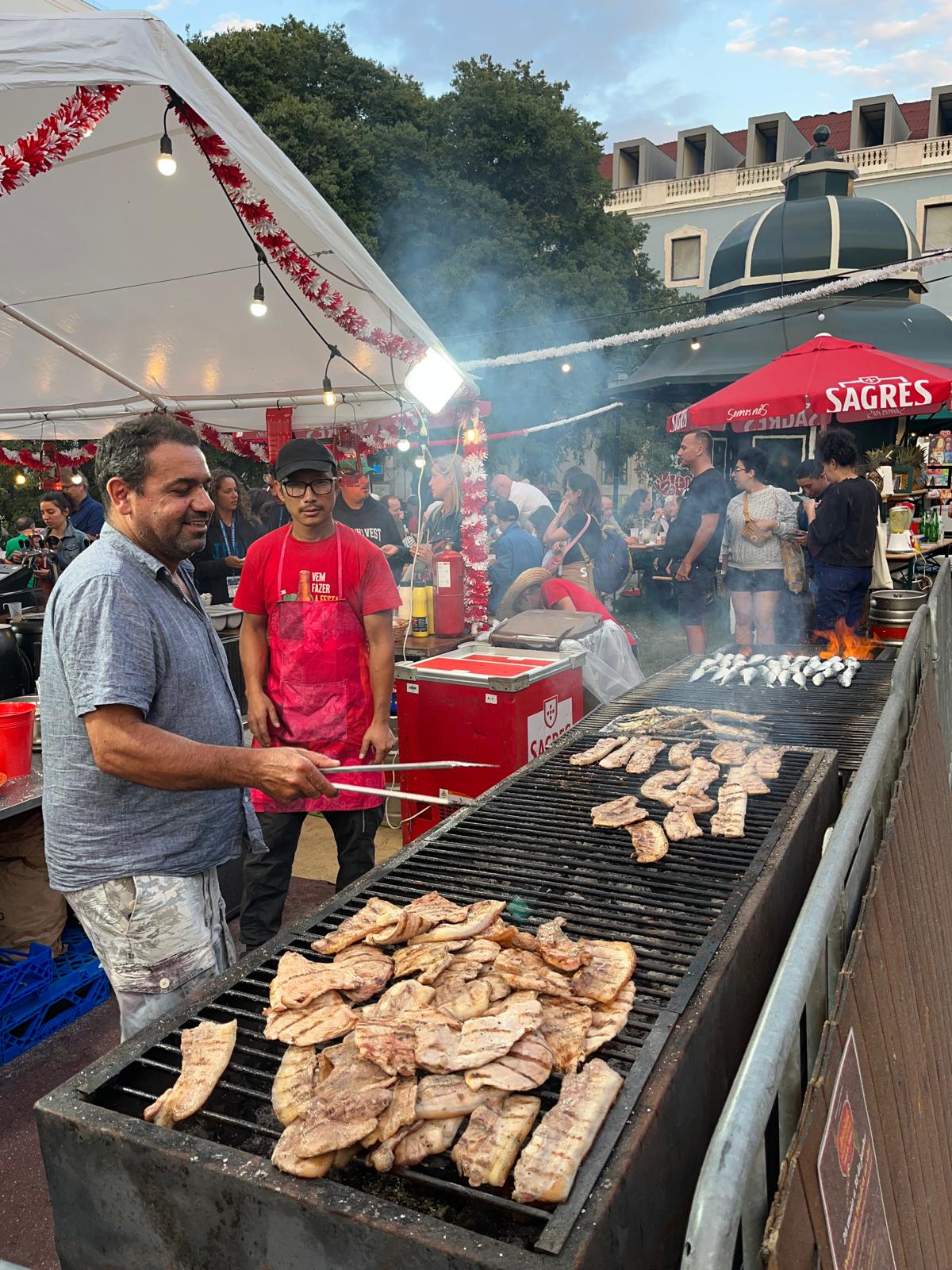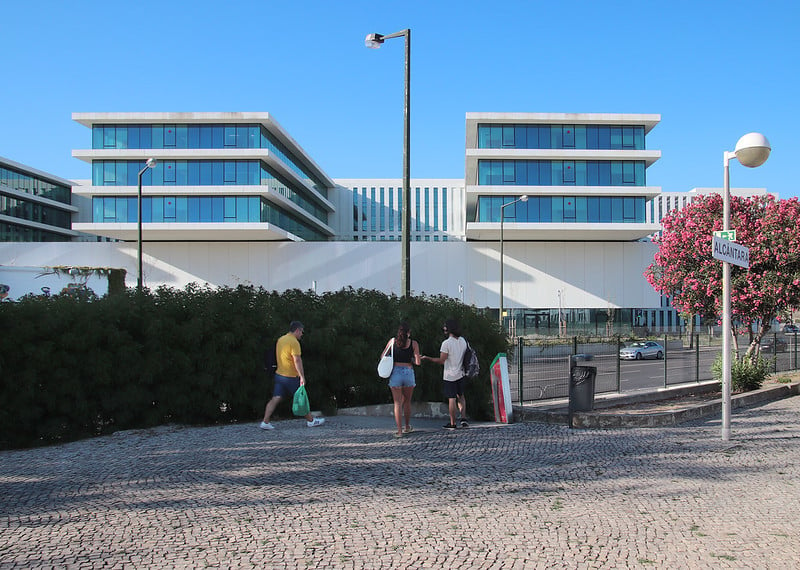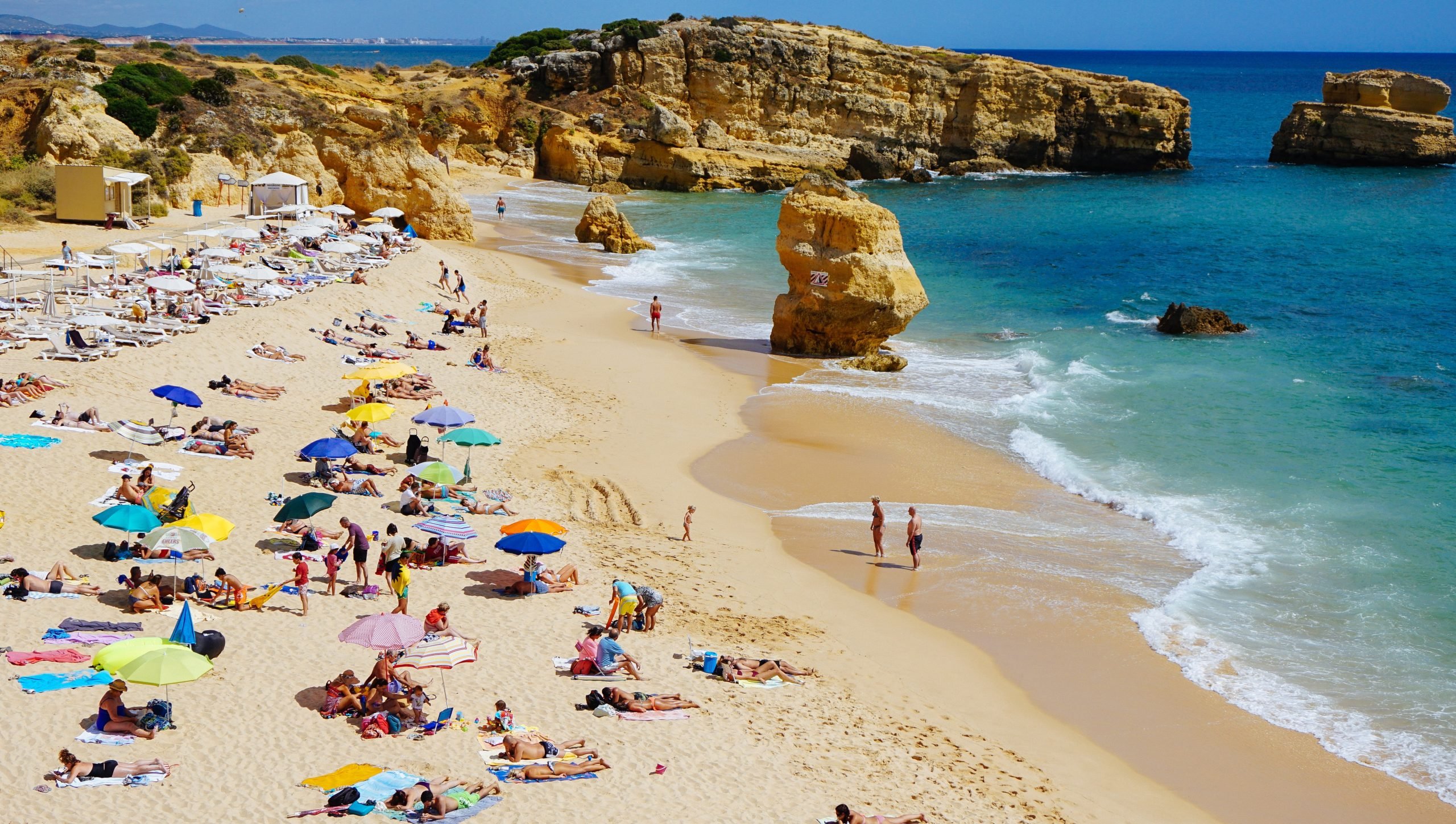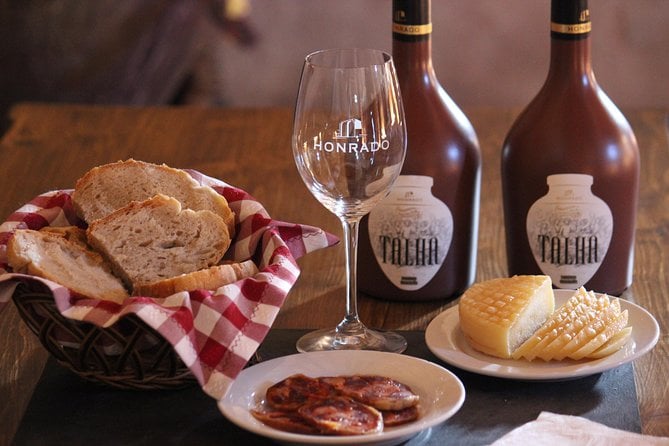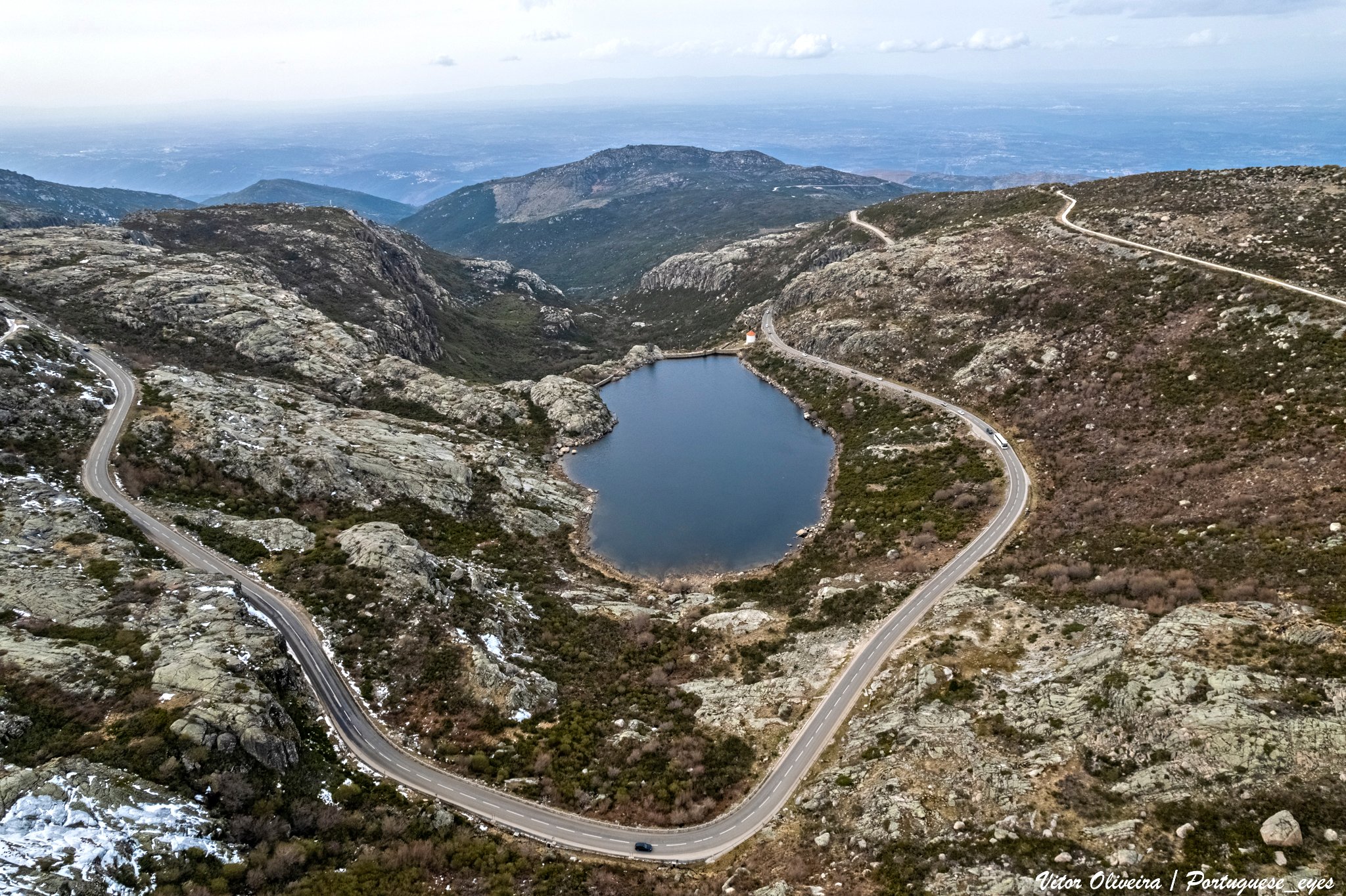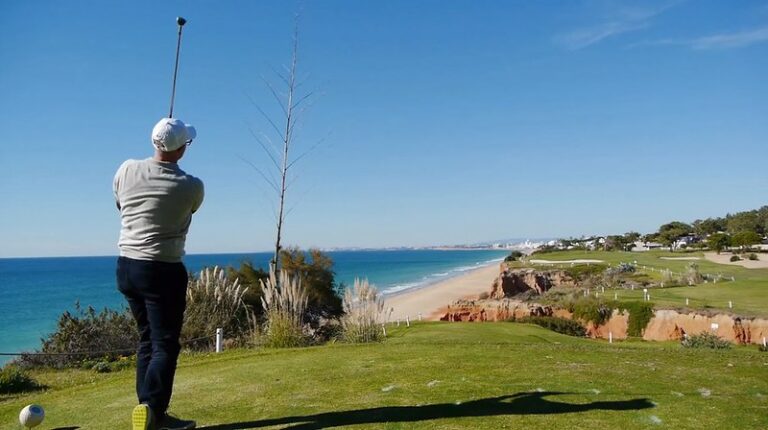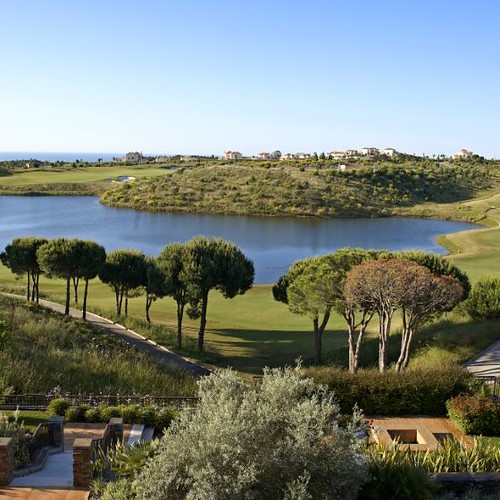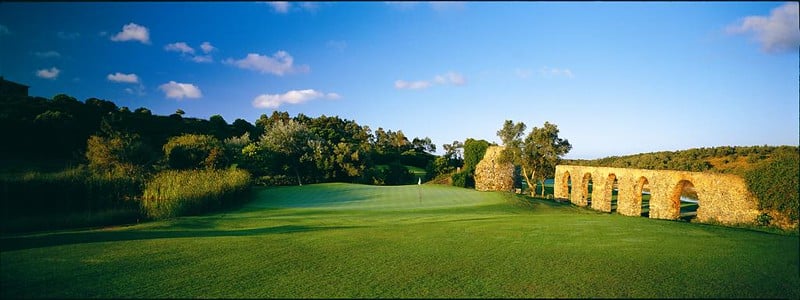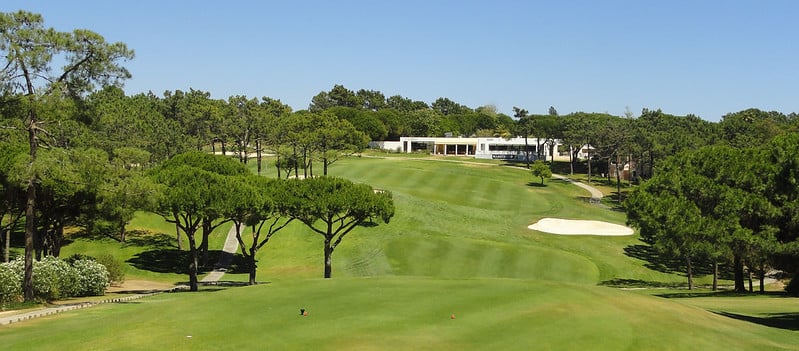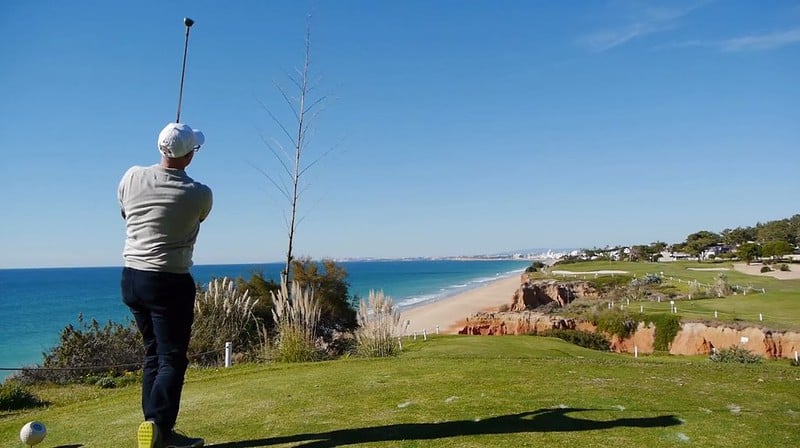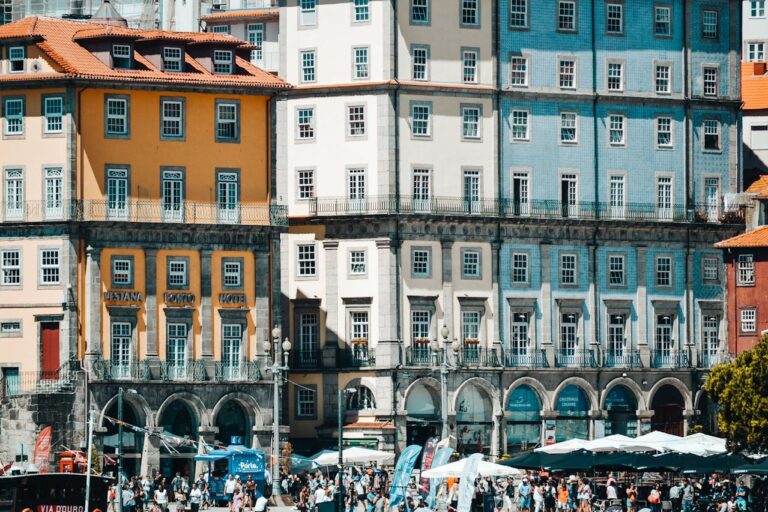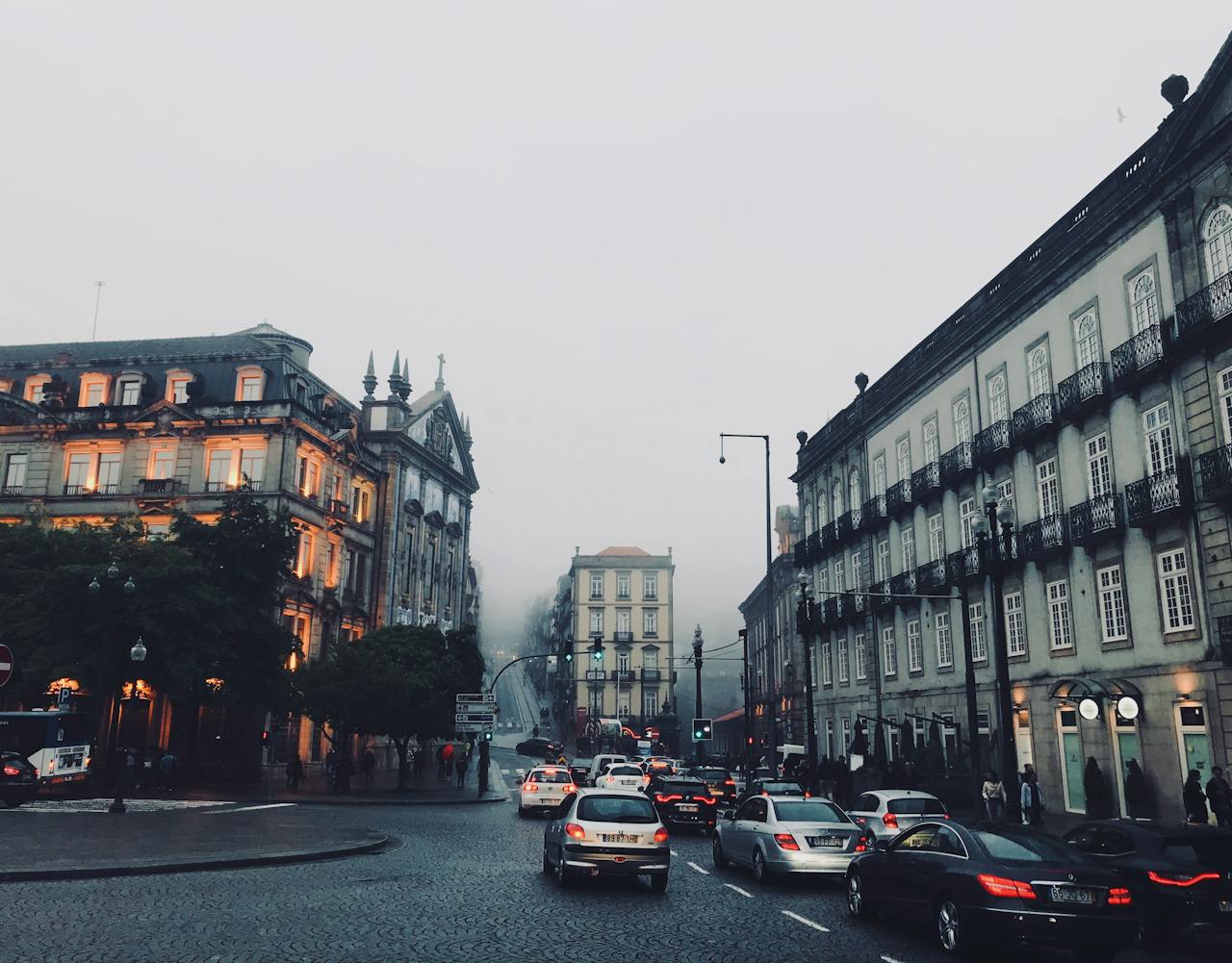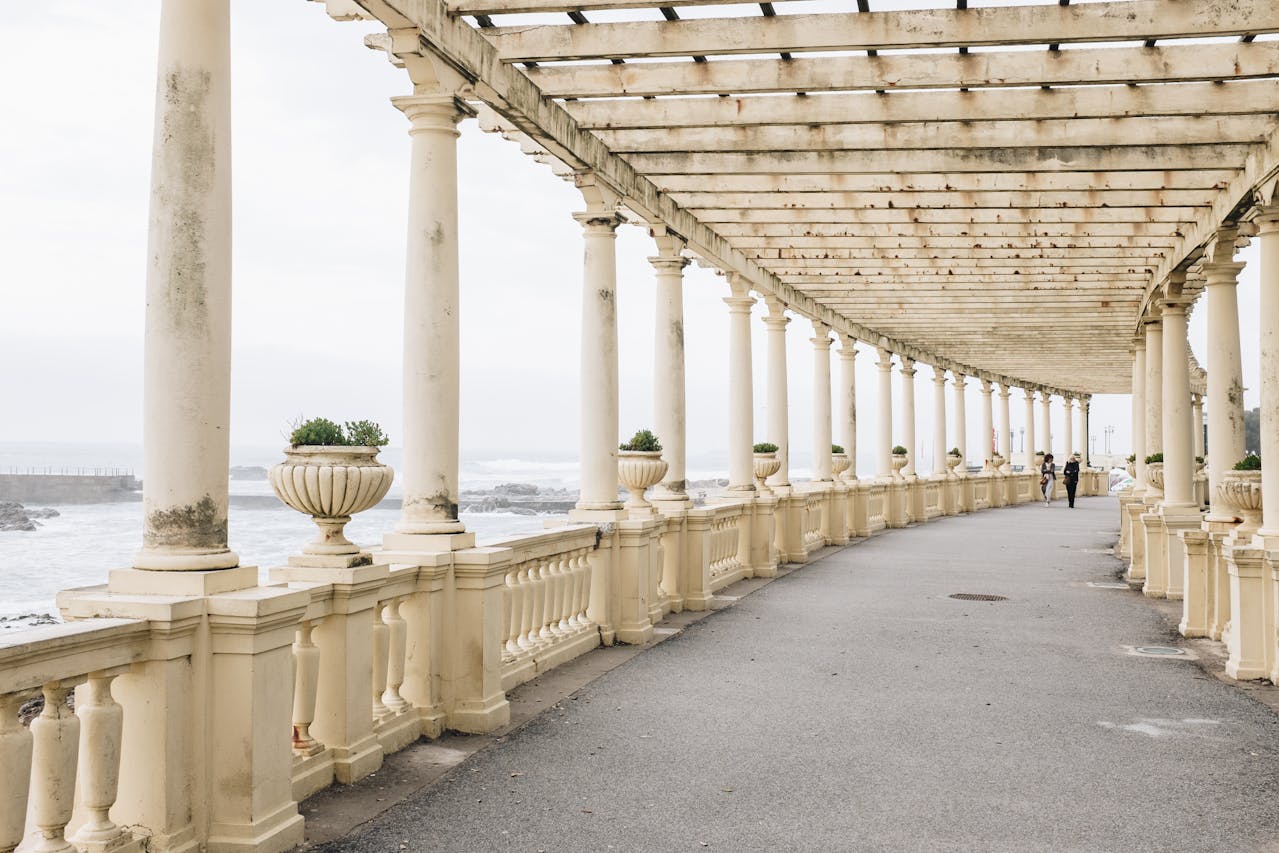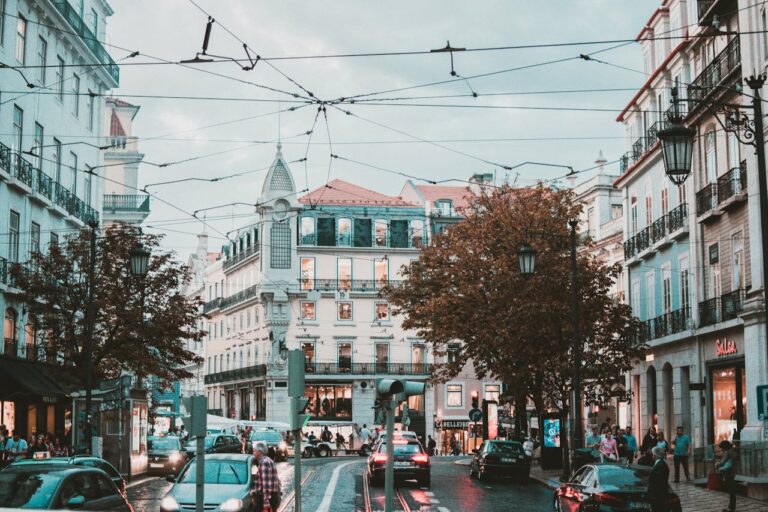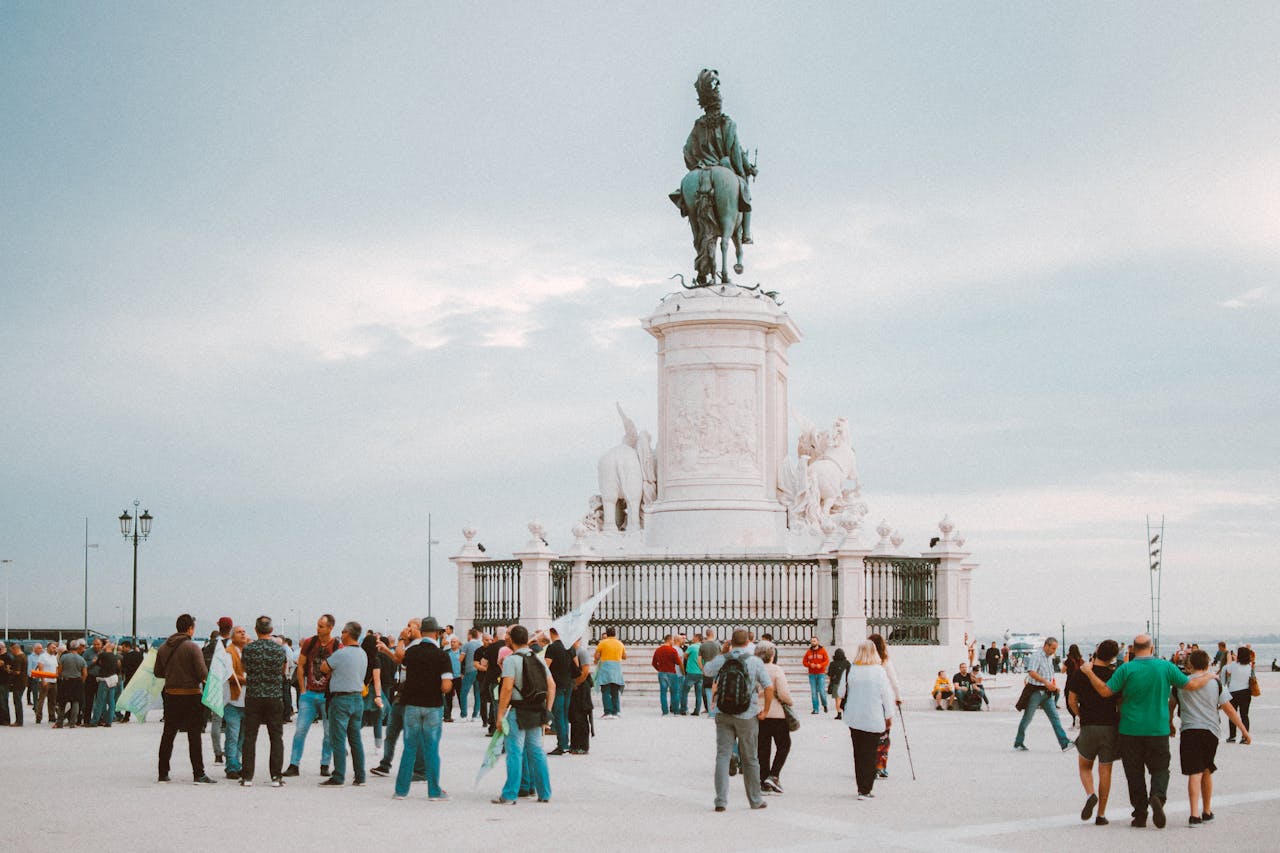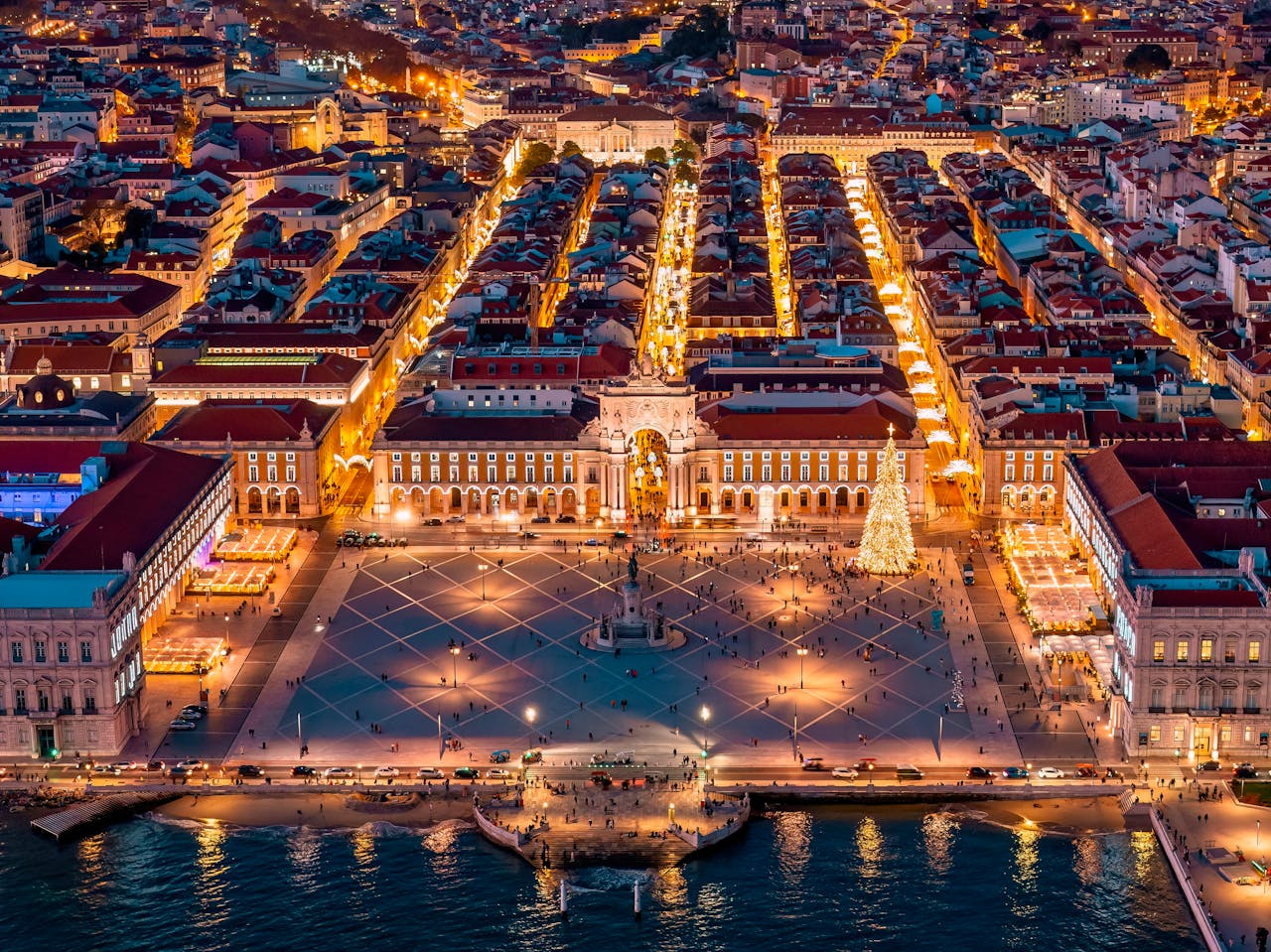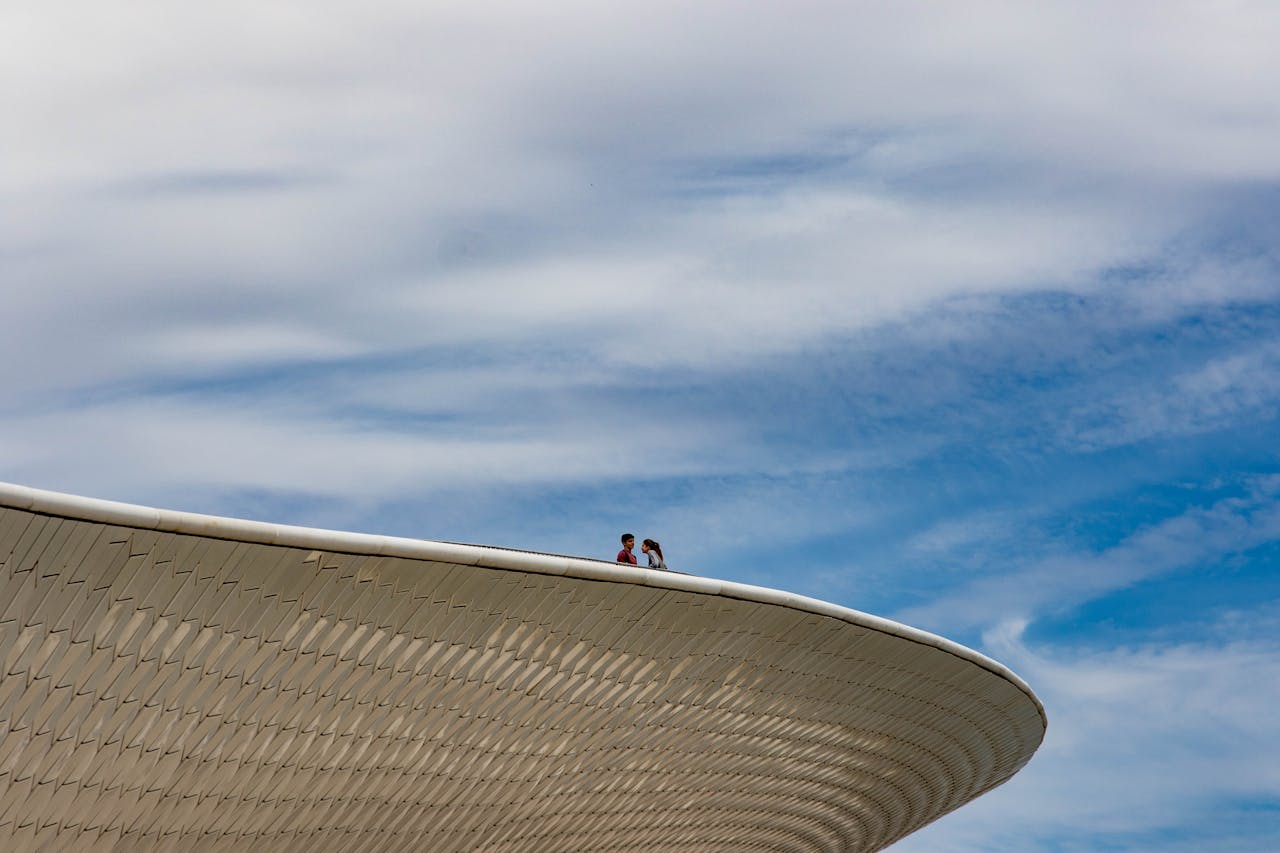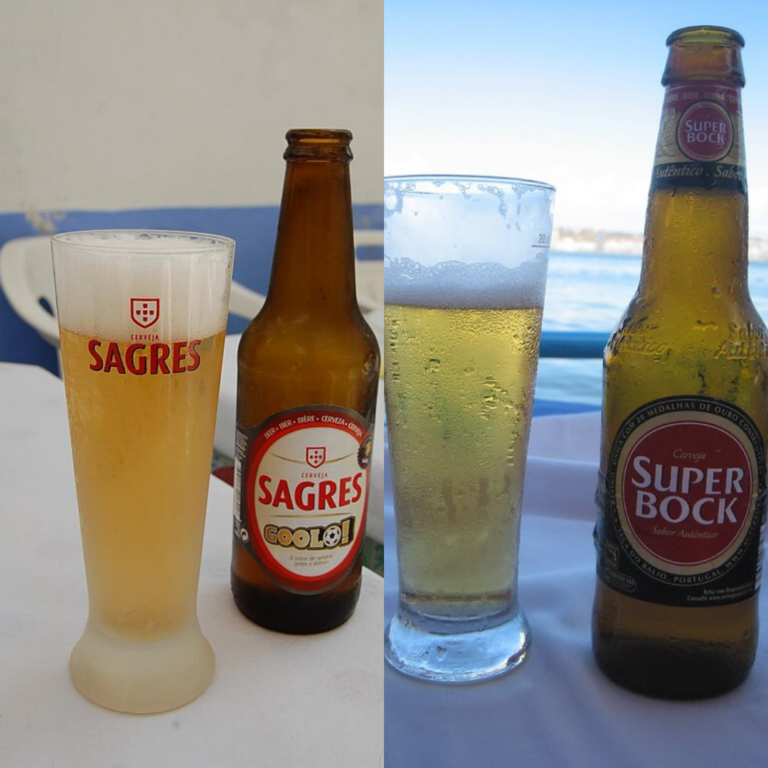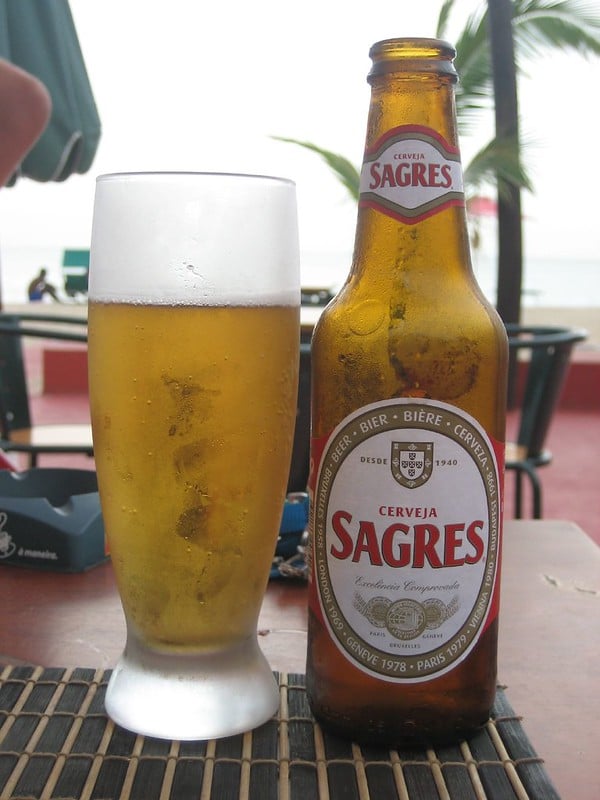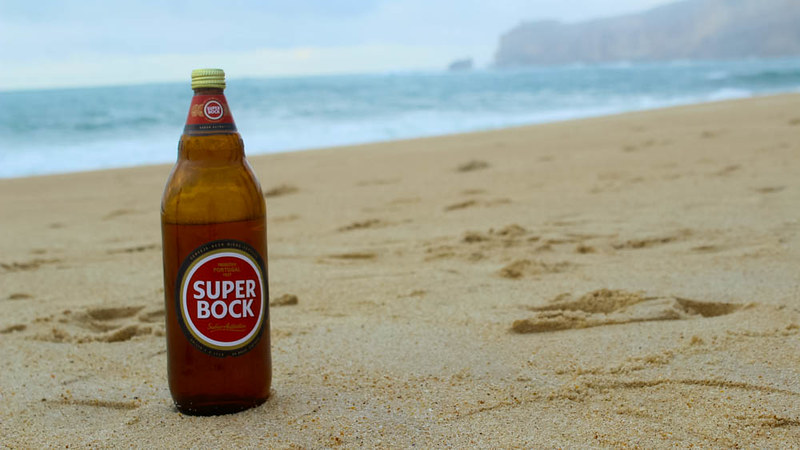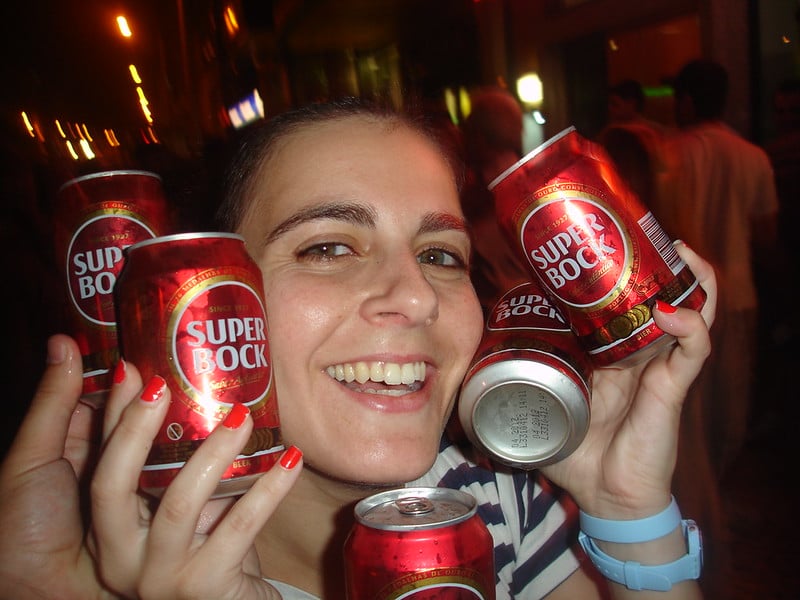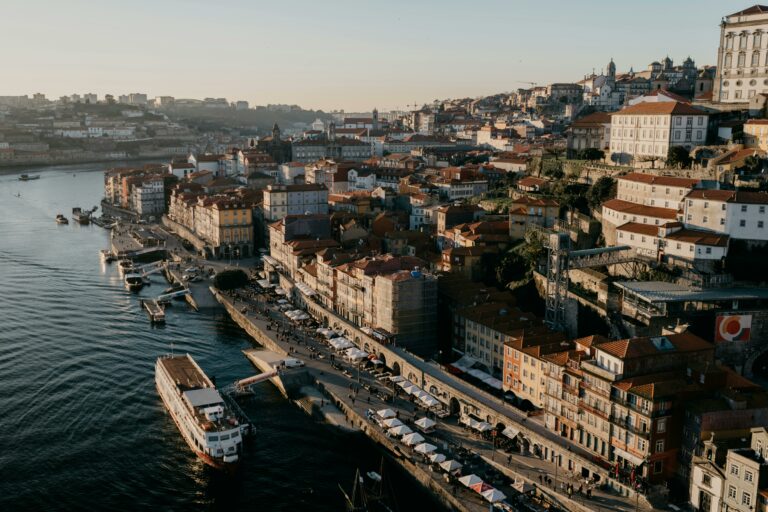1. President and Prime Minister to Jointly Visit Burnt Areas on Monday, September 30
The President of the Republic and the Prime Minister will visit, together, some of the areas affected by the fires in the north and center of the country on Monday morning, September 30. The delegation will fly over the burnt areas by helicopter and will stop in Baião, Vila Pouca de Aguiar, and Sever do Vouga. Marcelo Rebelo de Sousa and Luís Montenegro will be accompanied by the Minister of Territorial Cohesion, the Minister of Internal Administration, and the Secretary of State for Civil Protection. The first stop will be in Baião, at around 10:25 AM, where they will visit the areas affected by the fires and interact with local residents impacted by the flames.
About an hour later, the helicopter will land in Vila Pouca de Aguiar. The last stop will be in Sever do Vouga, where they will hold a meeting with the mayors of the municipalities most affected. Between September 15 and 20, forest fires consumed around 135,000 hectares, bringing the total burnt area this year to almost 147,000 hectares, the third-largest in the last decade. In response, the Portuguese Government will fund up to 150,000 euros for the reconstruction of primary residences, offer a special subsidy of up to 6,000 euros to compensate for agricultural losses, and create a support line for business treasury and factory reconstruction.
Read more from our source here.
2. The Tool to Stop Fires That Came from California
Wade Salverson is in Portugal to present the Forest Resilience Bond, a financial instrument that mobilizes resources from the private sector to stimulate forest management and prevent fires. Launched in California in 2018, this tool accelerates conservation and generates returns for investors. Salverson explains, “This tool is being used to improve forest management and manipulate forest fuels.” In California, a company that draws water from a mountain reservoir benefited, “seeing an increase in water production” and avoiding a “severe fire” that could cause problems with water quality. Salverson believes this initiative “can serve as inspiration to Portugal.”
Salverson is eager to share his experience, “looking for potential ecosystem services” that could attract investors in Portugal. He emphasizes that “managing forests to make them more resilient” is essential in both California and Portugal. The impact of wildfires depends on “the type of fuel, the type of vegetation,” and scientists have had to adapt to the reality of climate change, with temperatures “not dropping enough at night” and humidity not increasing. Biomass accumulation has created conditions for “severe fire behavior,” which explains the intense wildfires witnessed in recent years.
Read more from our source here.
3. Parliamentary Hearing with the Minister of Justice: 24 Individuals Detained for Arson
In Portugal, in September, 24 people were detained for arson, with 80% placed in preventive detention, according to the Minister of Justice, Rita Alarcão Júdice. This information was shared during a parliamentary hearing, responding to criticism from the Left Bloc political party about the Prime Minister’s “penal populism” regarding wildfires. The minister emphasized the need for thorough investigations to identify potential patterns behind these fires. She also mentioned ongoing studies to include the Public Security Police (PSP) in fire investigations and possibly establish a new team in the southern region.
The minister addressed a variety of other issues, including the judicial recruitment process and prison conditions. She defended the contested recruitment for judicial employees, which has already attracted 1,700 candidates, and she acknowledged the “serious situation” at Vale de Judeus prison, where five inmates recently escaped. An audit of prison security is underway to prevent such incidents.
During the hearing, the minister also addressed anti-corruption efforts, including the creation of a working group to develop a new legal regime for forfeiting criminal assets, further discussed the state of Portuguese prisons, and outlined plans to improve security protocols and upgrade conditions.
Read more from our source here.
4. Repatriation of Portuguese Citizens from Lebanon
A group of 44 people, composed of 28 Portuguese nationals and their families, who had requested to be repatriated due to the conflict in the Middle East, arrived in Lisbon on a military repatriation flight operated by the Portuguese Air Force, landing at Figo Maduro airport. The repatriation operation, initiated by the Ministry of Foreign Affairs and the Ministry of National Defense, involved two phases: first, the citizens were transported to Larnaca, Cyprus, and then to Portugal. Originally, 24 people were expected to leave, but an additional 20 requested repatriation.
Nuno Sampaio, Secretary of State, praised the Portuguese Air Force for operating under difficult conditions in Lebanon. He stated that there could be further repatriations, as more people may need to organize their departure or are reluctant to leave behind their lives. The decision to leave Lebanon came after Israel’s bombing campaign against Hezbollah, following Hamas’s attack on Israel on October 7, which resulted in 1,200 deaths. On Saturday, Hezbollah confirmed the death of their leader, Hassan Nasrallah, in an Israeli airstrike.
Read more from our source here.
5. Scientific Expedition to the Largest Portuguese Underwater Mountain
The scientific expedition to the Gorringe Bank, Portugal’s largest underwater mountain, aimed to assess the area’s biodiversity and raise awareness about the urgent need for protection. Over three weeks, 30 scientists from 14 research centers conducted a comprehensive study aboard the Santa Maria Manuela and other vessels. They gathered data using 211 dives, 26 ROV immersions, and acoustic recordings, covering 12 kilometers between 40 and 154 meters of depth.
This expedition forms part of Portugal’s strategy to ensure 30% of the ocean is protected by 2030, with 10% under strict protection. According to the expedition coordinator, Emanuel Gonçalves, the findings support the case for effective management of the Gorringe Bank and highlight the need for political action. The government, along with the Fundação Oceano Azul, emphasized the importance of protecting the country’s natural values.
Note that the Gorringe Bank, mapped in 1875 by Henry Gorringe, is an underwater ridge 240 kilometers southwest of Cape St. Vincent. The expedition aligns with international efforts from organizations such as Oceana and National Geographic Pristine Seas to safeguard marine ecosystems. The Santa Maria Manuela and its crew also played a logistical role, providing over 3,700 meals throughout the journey.
Read more from our source here.
6. Discover the Strategy of Portuguese Ports to “Set Sail” for Growth
National ports are focusing on growth through new investments, digitization, and sustainability. The government is supporting these efforts by increasing the concession period for port terminals from 30 to 75 years. Each port is developing its own strategy for expansion and modernization, aiming to maximize potential and attract new players, while maintaining a coordinated national vision.
Leixões struggles with a lack of expansion projects. Modernization is underway, expected to finish by 2027, focusing on new roads, logistics platforms, and sustainability. The goal is for Leixões to meet future capacity demands through economic competitiveness, environmental and social sustainability.
Viana do Castelo aims to become an industrial port. It seeks to support industries reliant on maritime transport for importing raw materials and exporting finished products, focusing on expanding cargo capabilities and becoming an industrial hub like Aveiro.
Setúbal plans a new ro-ro concession for heavy vehicles, leveraging its proximity to Autoeuropa. It will also support offshore wind energy projects and attract businesses related to new fuels, benefiting from future developments in the surrounding logistics and port city near Alcochete.
Lisbon envisions itself as a maritime innovation hub. It plans to reduce its fragmented concessions into a container terminal and multipurpose terminal while attracting innovation, and renegotiating existing concessions to align with this vision.
Aveiro seeks to expand its entrance capacity to accommodate larger ships and enhance its industrial port capabilities. Known for its industrial experience, the port will continue to support central industries, focusing on becoming an energy hub while growing its chemical sector.
Madeira seeks to rival the Caribbean in cruise tourism by positioning itself as a prime cruise destination in the Macaronesia region. Investments are being made to supply ships with electricity, aiming for sustainability leadership in cruise tourism by 2030.
Read more from our source here.
7. Business Leaders Demand the Approval of the State Budget
Over forty business leaders, managers, and association heads assert that approving the 2025 State Budget is crucial for ensuring stability and predictability for companies and the economy. They emphasize that any rejection of the budget could lead to unnecessary political and economic crises, with opinions divided between governing in twelfths or calling for early elections. As such, many business leaders highlight the importance of a stable framework, expressing hope that the Prime Minister and the leader of the Socialist Party will reach a responsible agreement.
As the Government seeks to lower corporate tax rates and implement direct support to families, there are concerns over the IRS Jovem proposal, aimed at reducing tax rates for younger taxpayers. The upcoming negotiations, particularly the meeting between Prime Minister Luís Montenegro and Pedro Nuno Santos, are seen as crucial. With the Recovery and Resilience Plan (PRR) at stake, experts warn that failing to approve the State Budget would jeopardize growth and stability. Business leaders unanimously call for cooperation between the Government and the opposition to ensure that the proposal is negotiated and approved for the benefit of the country.
Read more from our source here.
8. The Mayor of Lisbon Empowered the Municipal Police to Make Arrests
Carlos Moedas, the Mayor of Lisbon, has authorized the Municipal Police to make arrests for citizens caught in the act of committing a crime. However, it is important to note that the Municipal Police already had the legal authority to perform such detentions under Article 255 of the Code of Criminal Procedure (CPP), which allows any judicial authority or police entity, as well as any citizen, to detain a suspect in flagrante delicto. Legal experts emphasize that the Mayor’s order is unnecessary since the law already grants this power to citizens and police. However, outside of these circumstances, the Municipal Police cannot detain individuals without specific legal mandates, and this is something Moedas has confirmed he does not wish to pursue.
Moedas has expressed concerns that Municipal Police must currently contact the Public Security Police (PSP) after detaining an individual, which can lead to delays if the PSP is unavailable. However, legal interpretations indicate that the Municipal Police do not need to wait for the PSP and can immediately transfer any detained individuals to the nearest police station. Additionally, the Municipal Police lack the necessary facilities to hold individuals temporarily. Experts argue that, while the framework for Municipal Police operations is already established in Portuguese law, there are differing interpretations, leading to confusion regarding their role in detaining suspects.
Read more from our source here.
9. Young People Can Now Access Public Guarantee to Buy a Home
The Portuguese Government has formalized the conditions for implementing a public guarantee aimed at financing 100% of young people’s first homes, specifically for individuals aged 18 to 35 with tax residency in Portugal and income up to the 8th IRS bracket. This guarantee will cover 15% of the transaction value, allowing banks to finance the total cost of the property, with a maximum transaction value of 450,000 euros. Institutions adhering to the measure must implement the necessary procedures within 60 days, and the overall amount of the guarantee will be distributed among banks based on a protocol signed with the Minister of Finance.
This public guarantee will last for 10 years from the signing of the credit contract and will extinguish early if the borrower fulfills all obligations. However, note that it does not alter existing rules, such as the 90% limit on the loan-to-value ratio and the debt service-to-income ratio, which dictates that credit payments should not exceed 50% of the borrower’s net income. The measure is available for contracts signed until December 31, 2026, with the potential for extension following an assessment of its impact.
Read more from our source here.
10. Demonstrations for the Right to Housing Shake Lisbon, Porto, and 20 other Portuguese Cities
Protests advocating for the right to housing erupted in Lisbon, Porto, and over 20 other Portuguese cities, organized by the movement Porta a Porta. Thousands gathered to demand “social prices” for housing and improved utilization of vacant state properties. Demonstrators criticized the government for being “held captive” by property owners and banking interests, asserting that urgent measures are needed to lower housing prices through regulation. André Escoval from Porta a Porta highlighted the deteriorating housing situation, emphasizing that “it is worse to find a place to live” and calling for actions to address the crisis.
In Porto, approximately five thousand protesters rallied, chanting slogans such as “Stability yes, evictions no,” to emphasize their demand for affordable housing amidst rising prices. Similar protests took place in Faro, where participants called for a fight against speculation and an increase in public housing availability. The movement stressed that the state must not relinquish its responsibilities regarding housing rights, advocating for public policies that can effectively tackle rising rents and housing shortages. This collective action showcases the growing urgency for systemic changes to ensure housing is a fundamental right for all.
Read more from our source here.
